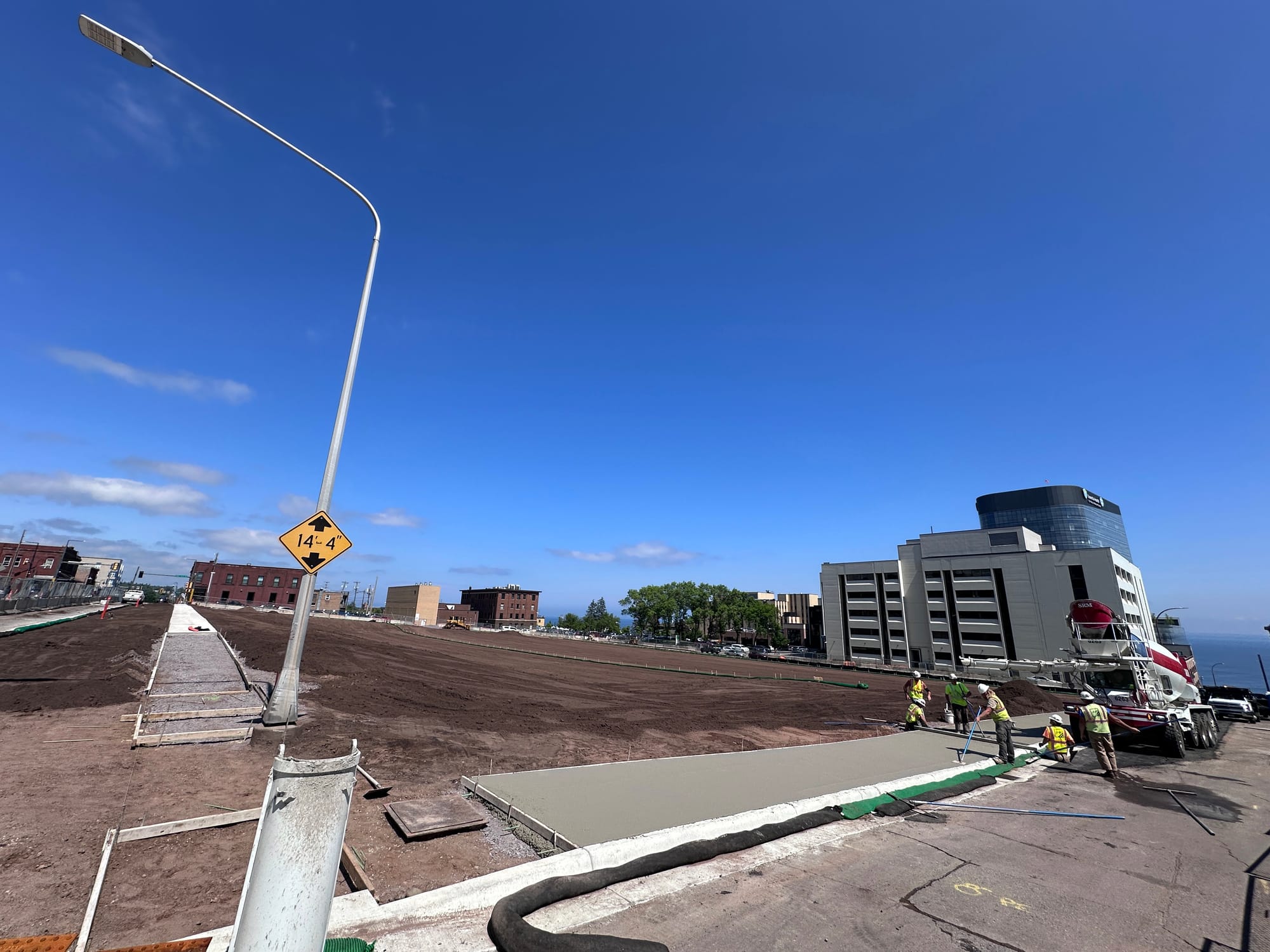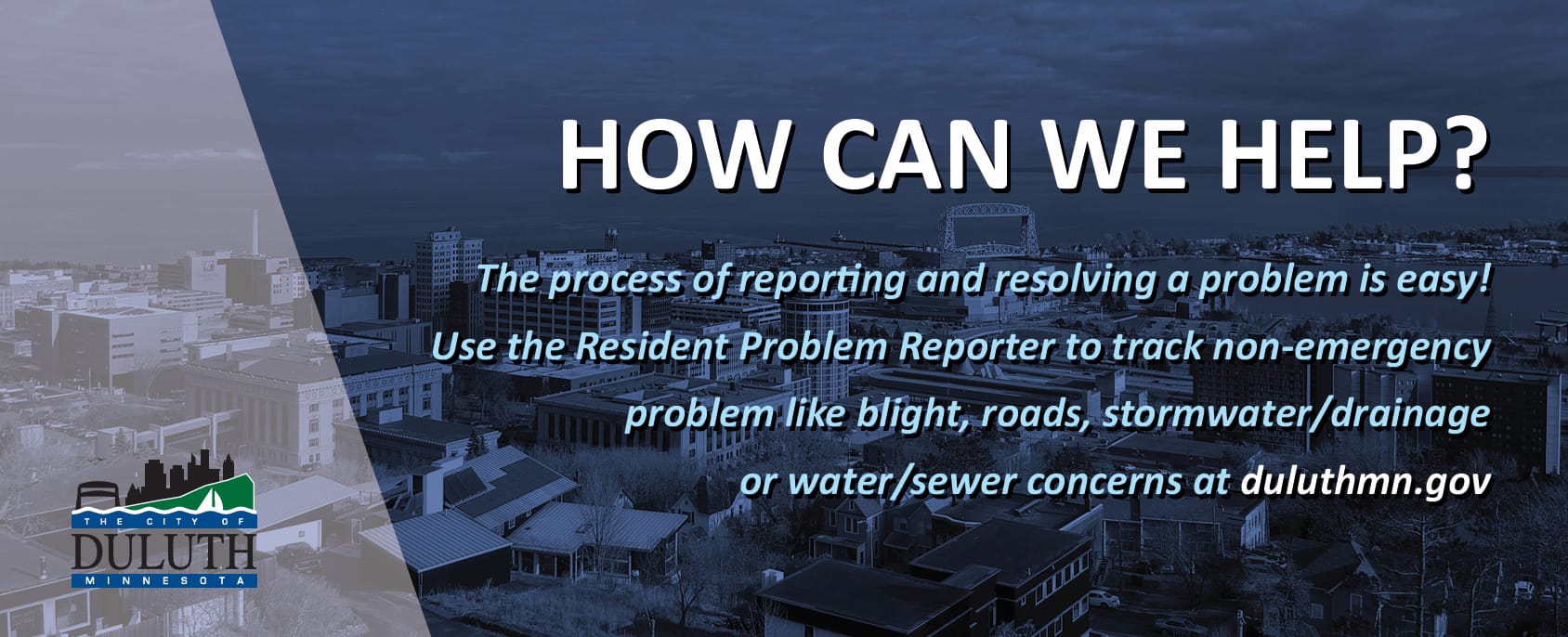
Howie's column is powered by Lyric Kitchen · Bar
Duluth’s taxpayers have been played – not in one grand gesture, not with a single shocking hike that would spark revolt, but with a slow, relentless trick called levy creep.
Year after year, City Hall ratchets the property tax levy a little higher, never too much in any single budget, but always more than inflation, always more than most household incomes. Behind the curtain, it’s the perfect scheme: spread the pain thin, disguise it in jargon, and call it “responsible.”
The numbers don’t lie. In 2018, Duluth’s levy sat at $28 million. In 2019 it rose to $30.6 million, then $33.8 million in 2020. By 2021 the figure was $34.8 million, followed by $36.9 million in 2022.

In 2023 came the big leap: $41.3 million, a nearly 8 percent increase in a single year. In 2024, the levy climbed again to $42.6 million, in 2025 to $43.4 million, and now, in 2026, the City Council has given itself permission to go as high as $45.6 million with a so-called “maximum” levy increase of 5.13 percent.
Add it up: Duluth’s levy is up 52 percent in just eight years. Inflation in that period rose only about 25 percent. Adjust for inflation, and the city is still taking 21 percent more out of taxpayers’ pockets than it did in 2018.
For the average homeowner, this is not some abstract math problem. In 2018, a $177,000 Duluth home paid about $691 in city property taxes. Scale that to today’s $275,000 “average” house, and by 2025 the city portion alone is around $1,300.

Factor in the years where city leaders conveniently avoided publishing their “net after growth” numbers — 2021 and 2023 — and the bill climbs closer to $1,360. That’s an extra $287 every single year, above and beyond what inflation would justify.
And remember, the city’s levy is only about a quarter of the total tax bill. County and school district hikes pile on top, multiplying the pain.
The city’s defense is a slick one: “net levy impact after growth.” Whenever new construction expands the tax base, officials claim the increase won’t touch existing homeowners.

In 2025, for instance, they raised the levy by 1.85 percent but declared it a “0 percent” year for current taxpayers because new development supposedly absorbed the increase. But that’s a shell game. The levy still grew by nearly $800,000.
Once it’s in the base, it never comes out. A “0 percent” year doesn’t undo an 8 percent jump the year before — it just locks it in.
This is the truth in Duluth’s much-touted “Truth in Taxation” hearings. Every December, the city rolls out dense charts, complicated rate calculations, and historical slides designed to make the increase look modest. Officials talk about being “below inflation” or “holding the line.” Councilors nod solemnly as a handful of citizens vent their frustration.

Then the levy passes, slightly lower than the inflated maximum set back in September, and the city congratulates itself on restraint. In reality, the levy creeps higher, permanently, every single year.
The 2026 budget cycle is a perfect example. The mayor proposed a 4.13 percent increase. The council bumped it to 5.13 percent, calling it “wiggle room.”
Come December, when they trim it back to maybe 2.7 percent, they’ll trumpet it as fiscal responsibility. But the truth is simple: the levy will still grow by another million dollars. The wool will have been pulled over taxpayers’ eyes again.

Behind the curtain, this is how Duluth keeps its books balanced. State aid stagnates. Union contracts and health insurance costs rise. Pensions, public safety, utilities — none of them shrink.
Rather than confront inefficiencies or reset priorities, the city reaches quietly for the levy lever. Never so much that it sparks rebellion, always enough to keep the machine running. Over time, the creep becomes a march, and the march becomes a burden that homeowners, renters, and small businesses can no longer ignore.
This is the hidden tax that nobody at City Hall wants to say out loud. From $28 million in 2018 to nearly $46 million in 2026. From $691 on a modest home to over $1,300 on today’s average house.

From a levy that should have grown with inflation to one that has grown more than twice as fast. Duluth taxpayers aren’t imagining it — they’re being squeezed. And the so-called Truth in Taxation process isn’t exposing the truth. It’s helping cover it up.
That’s the game. That’s levy creep. And Duluth has turned it into an art form.



